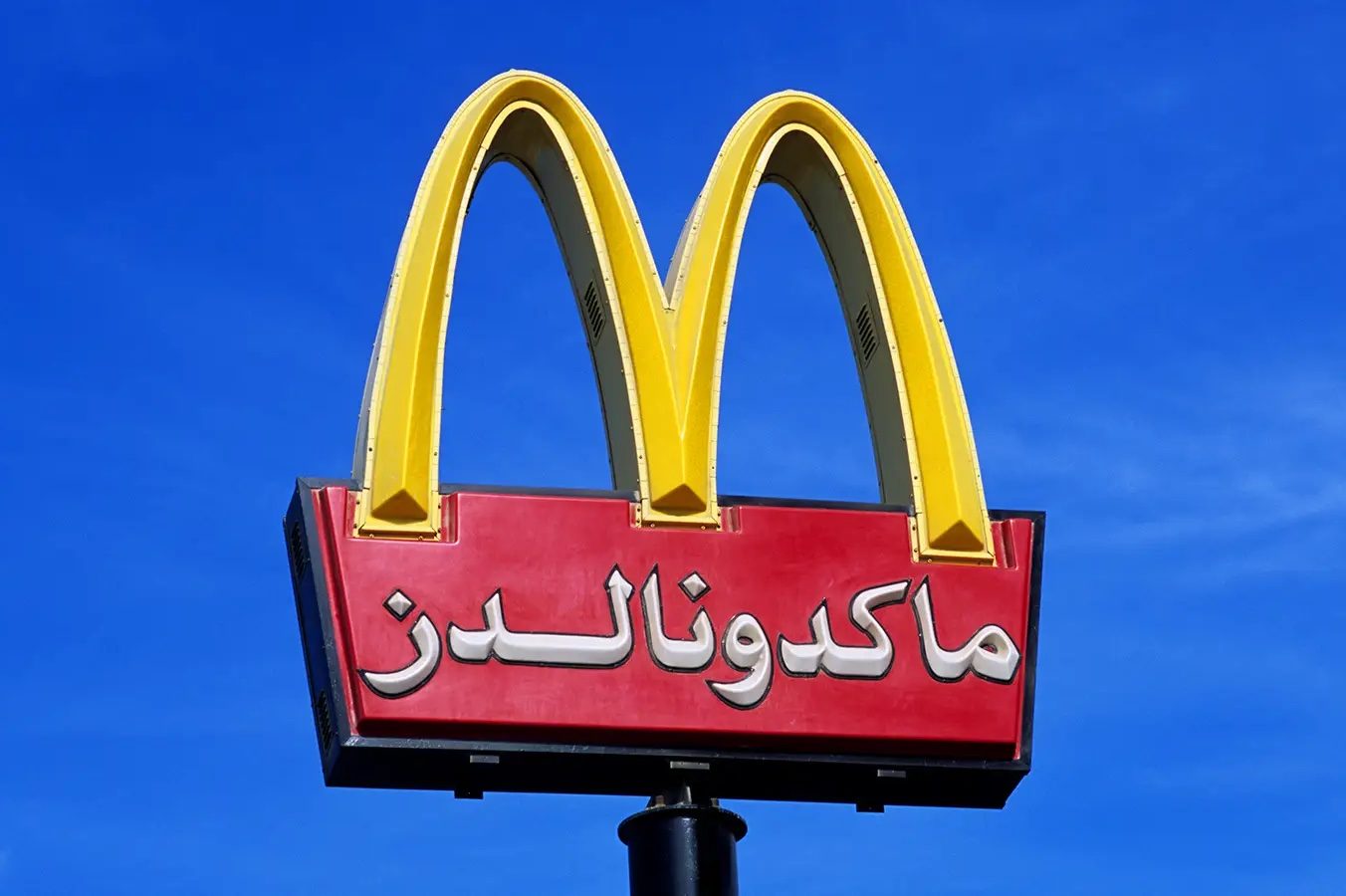While fast food has become nearly synonymous with Western society, a YouTube video released in March 2020 based on the work of French journalists sheds light on the fact that poorer, developing countries suffer just as much from these unhealthy foods — if not more. Obesity, diabetes and the long list of related comorbidities are not uniquely American experiences. Fast food companies in countries like Brazil and India seem to rely on the generalized misinformation that many middle-class families and young children have about the nutritional value of fast foods, sometimes even lying about the ingredients themselves. In a constant push to make a profit, the wheel of marketing turns faster and faster, creating a monster that has become overwhelmingly big, as seen in the aforementioned video.
American-style shopping centers in developing countries like India and Brazil are tantalizing to locals — even being considered as “a paradise of shopping and gastronomy.” Fast-food chains like Subway, KFC and Domino’s Pizza rarely open without major coverage, especially Domino’s, which has become very popular in India. It isn’t hard to see why cost-wise, with a single medium pizza worth 59 Indian rupees, which converts to 0.70 euros, or 79 cents. To make the deal even sweeter, small pizzas go for even less at 49 rupees each.
These companies do their bit to glorify the meals and drinks they offer through typical Western marketing. By contrast, countries in Europe go out of their way to market healthy food and lifestyle choices and nations like France have even put laws in place to ensure that the food industry reduces the amount of sugar and fat in their fast food. Unfortunately, the fact that poorer countries lack such regulations has provided a gap for companies to produce particularly unhealthy foods and drinks, then market themselves to any age or demographic group.
In Rio de Janeiro, Coca-Cola has settled into Brazilian stereotypes as a marketing strategy: hot Brazilian days on the beach, watching soccer matches, dirty streets filled with young, spindly children passing a ball among themselves, and the clichéd list goes on. These images are a façade because the reality within the city is that 1 in 2 children are overweight and 1 in 7 are obese. Experts say that marketing plays a major role in childhood obesity due to the lack of fast-food marketing restrictions. Because large companies cultivate a desire for these unhealthy foods and rely on misinformation perpetuated by the media, children become addicted to the tastes of food and drinks that are simply not good for them. People in supermarkets pile up their carts with fizzy soft drinks and chips, admitting that if it is not for themselves, it is for their children and families.
Even school teachers have become brand ambassadors for corporate giants like the Coca-Cola Company, signing their students up for sponsored group activities like dance competitions. At these events, carbonated sodas (in contrast to water) are more popular as a refreshment. The whole event is a massive, poorly disguised marketing gig, and the teenagers there are fully aware of it: Despite acknowledging the overbearing presence of Coke’s branding, the youths dismiss concern for their involvement because why would a well-known brand like Coke ever need to create more marketing waves?
Catering to even younger demographics, the famous clown mascot of McDonald’s, Ronald McDonald, is sent out to visit children in primary schools. The actor playing the mascot goes to great lengths to put on a show oriented toward activities children are typically interested in, like sports, and the McDonald’s logo is even covered up with a piece of cloth so that any accusation of marketing can be avoided. But although McDonald’s claims that they “market responsibly,” the clown certainly speaks for itself with its instantly recognizable character, and the kids are left desperate for the company’s products afterward.
In India, street food is widely available, cheap and actually healthy. In an attempt to compete with this, fast food companies like KFC offer their meals at incredibly cheap rates and sprinkle cultural incentives here and there with things like “Indian spicy sauce” with their chicken. Additionally, these fast food companies make sure not to correct customers’ misconceptions about the nutritional value of the food they offer. This creates countless nutritional wastelands where the blind lead the blind: Perhaps one of the most startling comparisons between a KFC in Kolkata and one in Europe or even the U.S. is that water is nowhere to be found on the menu.
Now, a duality exists between Kolkata’s malnourished population and their blossoming middle-class, obese one. Studies indicate a rapidly increasing percentage of adolescent obesity in India, with an average obese adolescent population of 30% at the time of writing. Supporting this data are the numbers of adolescent patients that arrive at diabetes and obesity clinics to undergo stomach operations to assist in weight loss. A doctor at one of these facilities blames media such as TV advertisements as a primary reason why people give in to their cravings and struggle to come back up from them.
It all comes back to the wheel of marketing: Companies pay enormous amounts of money to have their products advertised in the best ways — with lighting, videography and oftentimes even completely fake prop food that all play a part in enticing audiences to buy meals. Although these products are visually underwhelming in real life, customers still line up to get these products. Why? Because they’re tasty!
A nutritional comparison of fast food products from developed countries like France and poorer countries like India reveals that generally the food from developing countries is packed with much more salt, sugar and fat than their European counterparts. Despite the health risks these ratios suggest, the unfortunate reality is that these nutritional exaggerations make the food even tastier. But while France has managed to put the legislature in place, why are these nutritional commitments — for the exact same companies, mind you — different in separate parts of the world?
Once again, the tragedy of misinformation comes in: People, especially mothers of young children, who have no experience or direction with reading the highly disagreeable nutritional information on something as seemingly “healthy” as a vegetarian wrap from McDonald’s, end up perpetuating the problem.
An anonymous ex-chef for an Indian Domino’s Pizza outlet demonstrates the sly ways that companies like the pizza conglomerate fool consumers by marketing something — like a cheesy stuffed pizza — but instead deliver a product with a cheaper, less healthy “dupe”; in this case, the “cheese” is actually a sauce that masquerades quite convincingly as cheese. To further demonstrate this point, the lack of nutritional information Domino’s provides in India would simply not pass in a wealthier, developed country like France. Unfortunately, when these companies were asked to comment on these legislative gaps, no response was given.
Still, while the youth of France appears to enjoy more regulated nutrition, their increasing use of the internet introduces another set of issues: Well-known brands like Oreo, M&M’s and Nutella have moved online too, with social media and advertising in video games (advergames) that market their goods, effectively achieving the same effect as that in India. Online adverts and advergames are not required to display nutritional facts or explicitly inform the young children that view them that they are being marketed something. The interactive nature of these advergames captivates them well enough though, so they would never know that the game is simply an advert in disguise.
Overall, experts warn people to be wary of these games, especially at obesity clinics where doctors have to ensure this digital marketing is not exposed to their increasing number of younger patients. This is made especially prominent when one considers the role of AI, where algorithms learn and perpetuate this problem.
An ironic twist is that despite countries like France being more developed with their nutritional legislation, misinformation is still an issue, especially among parents: These advergames slip under the radar of even the most careful parents, often disguised as “harmless” activities that don’t actively advertise any of their meals. But, of course, the children that play these games end up wanting that Happy Meal they were coloring in on their screen. And here’s the cherry on top: Brands aren’t actually allowed to do this, with many publicly committing against marketing to young children. And to this day, the same companies vehemently maintain that the advergames are not real adverts. The scary reality is, however, that just because it’s written on paper, doesn’t mean it’s a solid commitment.
So, how do we change this? Unfortunately, when there is no public or governmental incentive to change the situation, things won’t change quickly. It suits companies to be sly and underhanded because they achieve the same marketing goals that they are publicly against, and sometimes gaps in legislation protect them. Until the governments of developing countries create or update nutritional regulation and marketing laws, the same wheel will continue to turn.

















